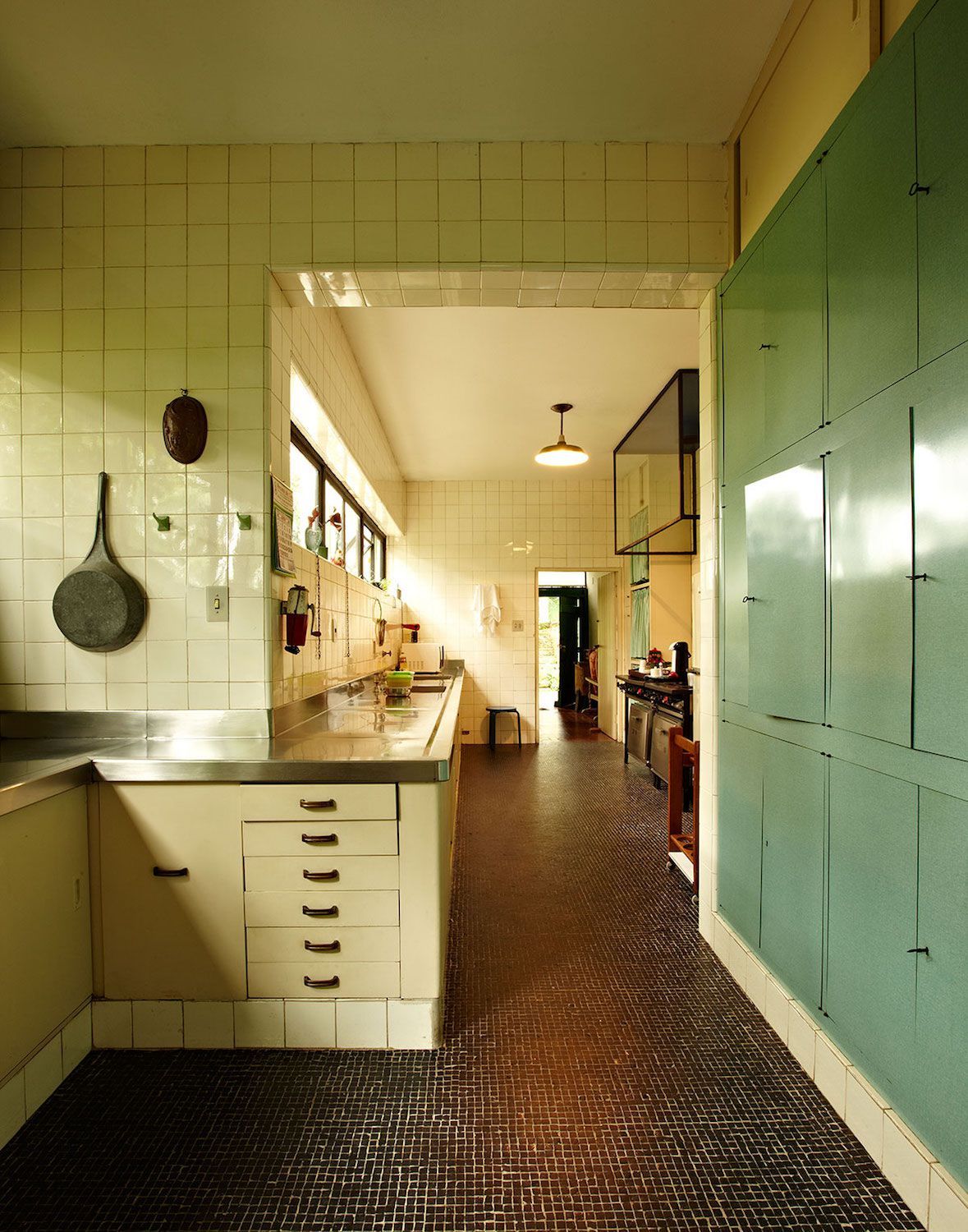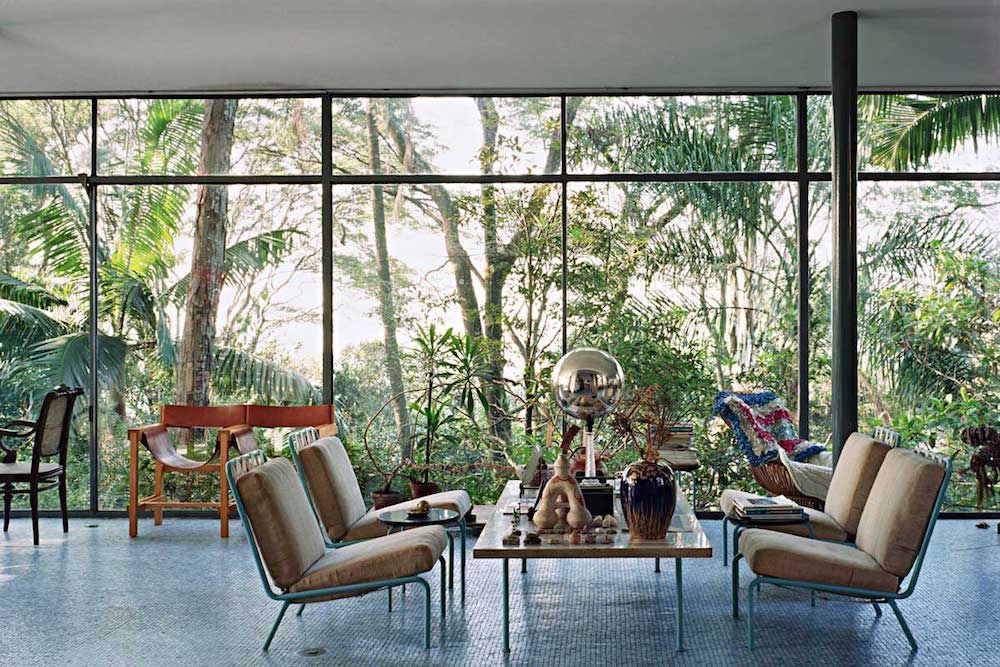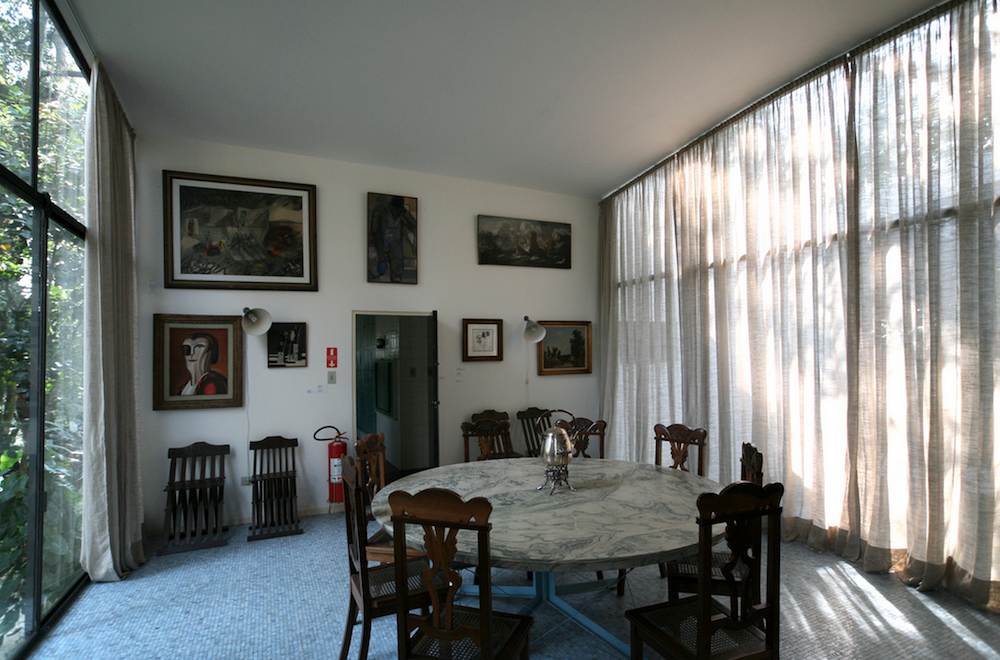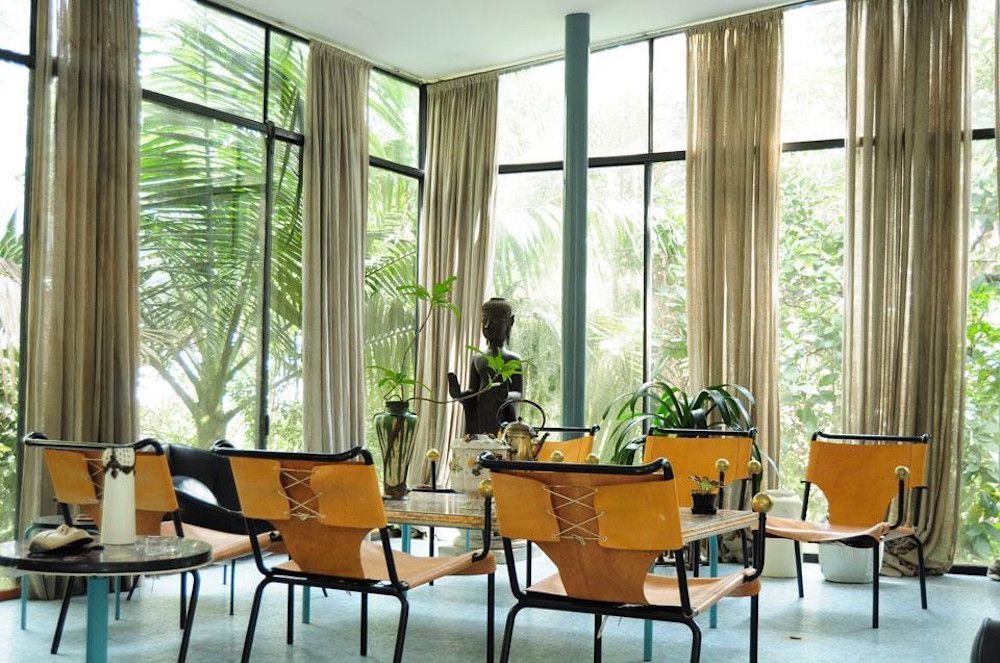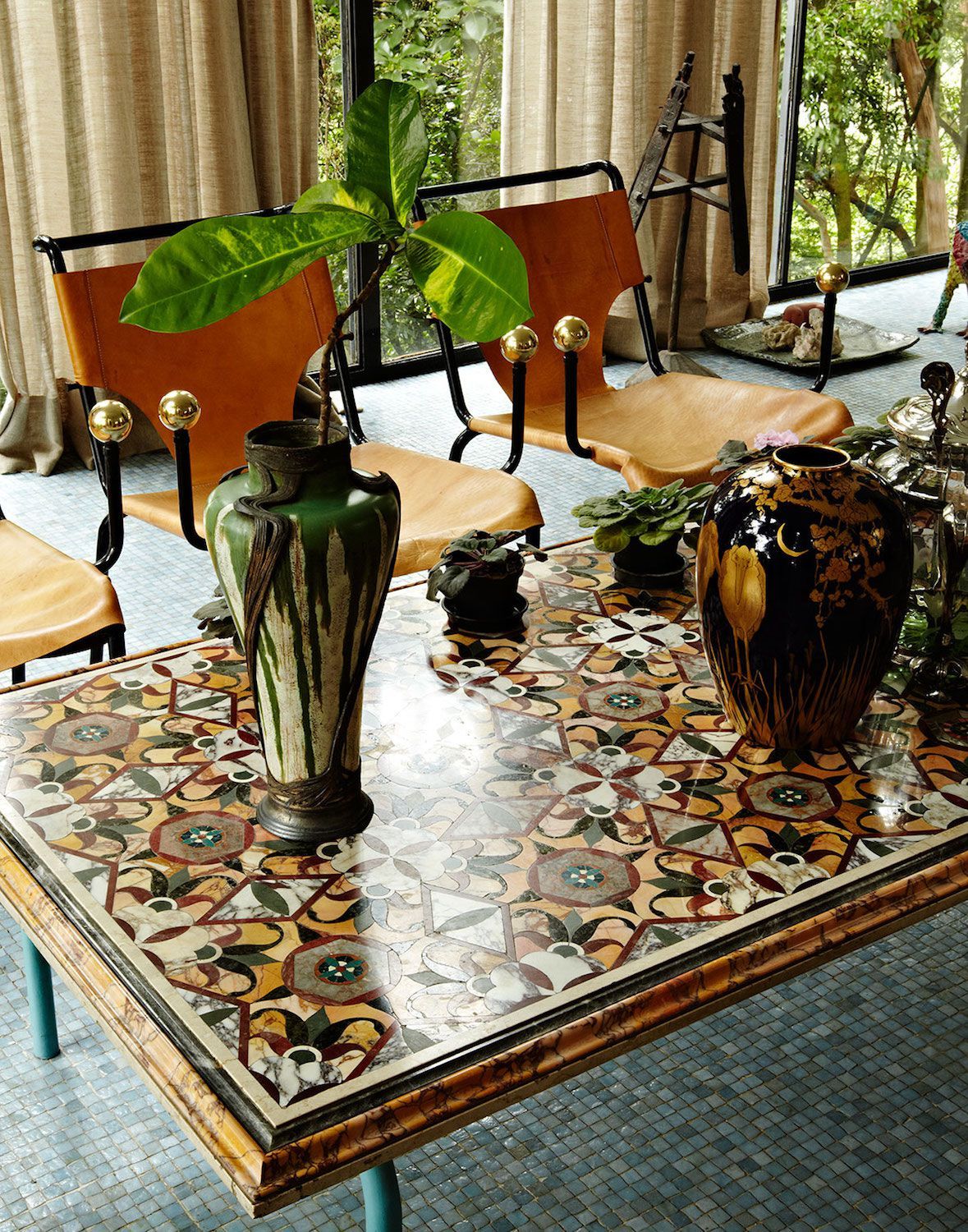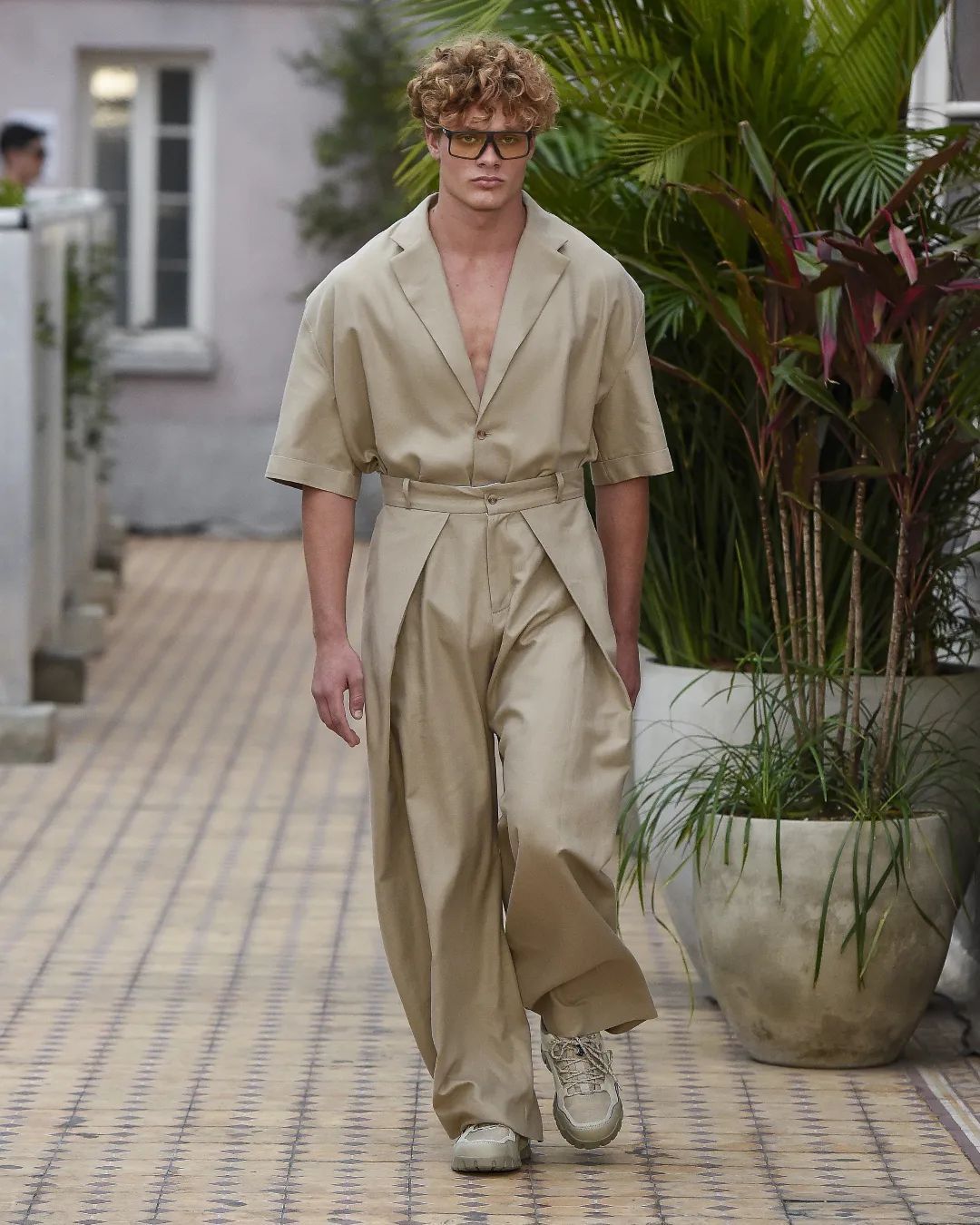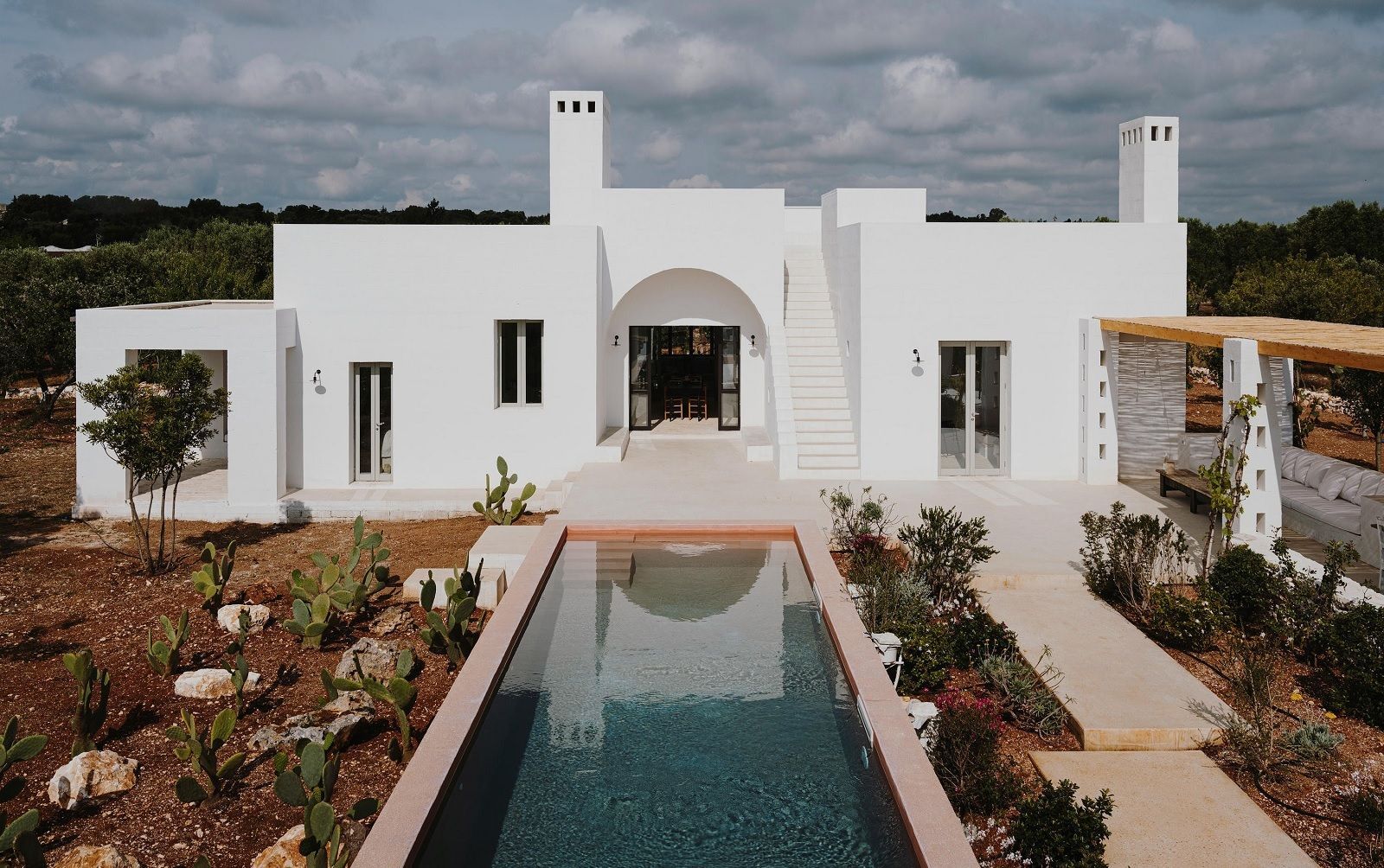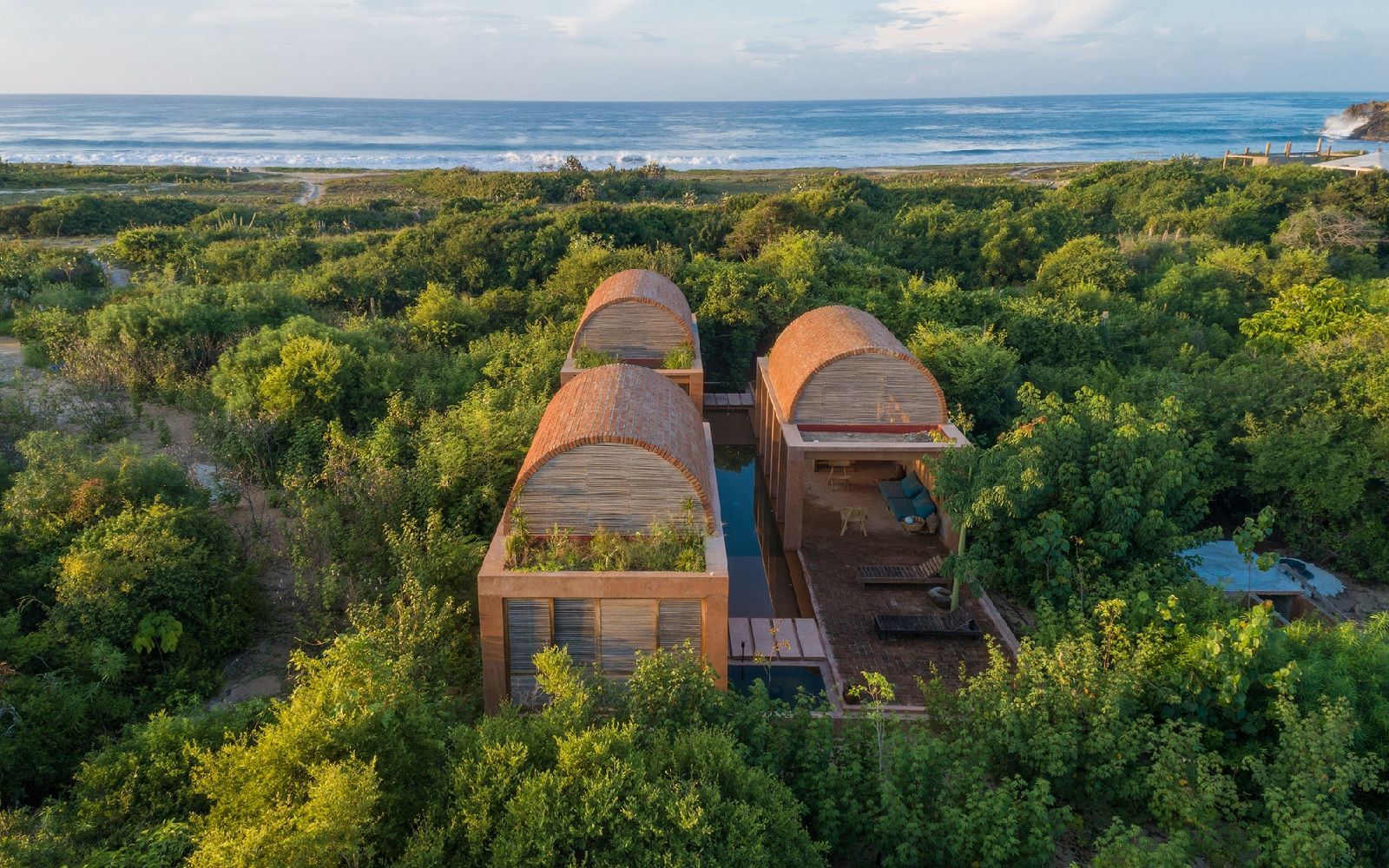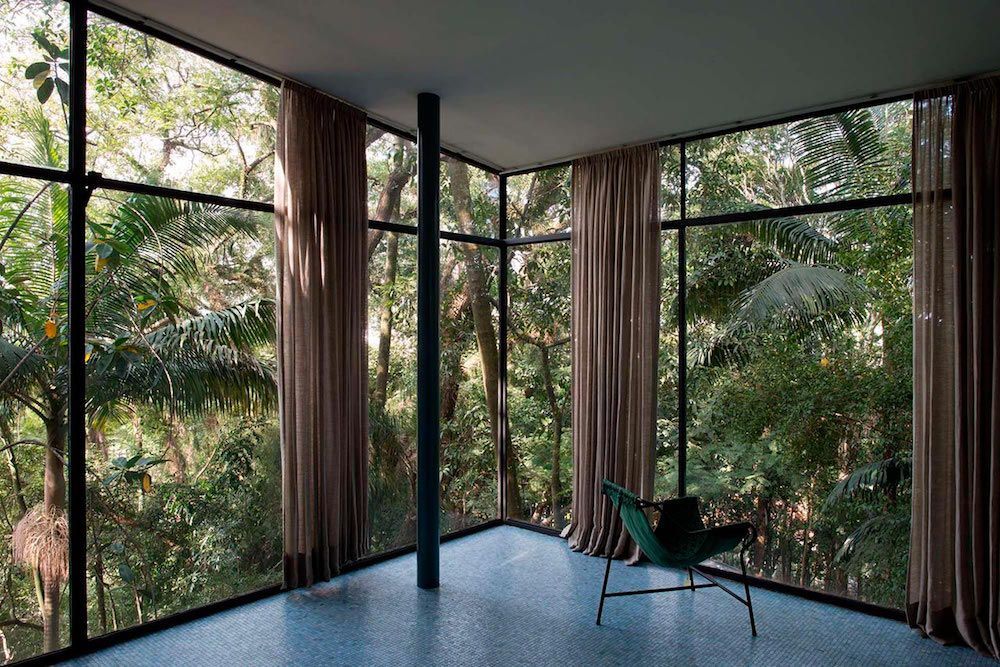
Sunday Escape - Casa de Vidro The architectural masterpiece of Lina Bo Bardi immersed in Sao Paulo's forest
When in 1947, Lina Bo Bardi arrives in Brazil, along with her husband, the critic and art dealer Pietro Maria Bardi, has no idea that this country will change her life.
What she immediately recognizes is, however, a close bond with the Carioca land, with its people, so strongly connected with nature.
From this philosophy of life that Lina draws inspiration and a special creative approach that maintains a simple architecture that takes advantage of local materials and low costs to be attentive to the practical and functional needs of the work.
The most famous example of this new idea is the famous Casa de Vidro.
We are in 1950, in São Paulo, in what is now the very chic Morumbi district, but at the time it is a tangle of trees and tropical plants where a large tea tree, the Muller Carioba, extends to the eye with his vegetation and many animals.
Here, on the top of a hill, as a secret shelter in the woods, Bo Bardi’s first building dominates the city.
It is a glass box dumped in the green, a house with an immense continuous glass facade, which is accessed through a staircase through an essential granite staircase with an iron structure that stands out amongst the pilots of the ground floor.
Near the entrance door stands a mosaic of Enrico Galassi who recreates one of the metaphysical Italian squares of Giorgio De Chirico.
The living area is positioned on a single floor plan, supported by eleven pylons, anchored to the ground through the sleeping area to which it is connected by a central corridor that leaves room for a small inside garden.
The large open space of 140 square meters is surrounded by tall glass panels with large jute curtains, offering a unique view and hosting a kind of courtyard in the center of the room, an opening where the trees grow and the trees lianas of tropical garden. On the floor the floor is a heavenly mosaic, occupied by a series of furniture designed by the same Bo Bardi as the famous Bowl Chair, but also by other modern and interesting furnishings mixed with more traditional pieces such as the large round dining table of Brazilian green marble ; a series of Tuscan Savonarola chairs; the kitchen 50s with industrial stove and a huge bar of stainless steel; The giant sculpture of Diana the Huntress; vases of Gall and Lalique; paintings by Sebastian Matta and Roberto Sambonet; a tin model of MASP.
If the living area is rational but full of objects and details, that night is much more essential, almost monastic.
The Casa de Vidro was until 1990 the residence of Lina Bo and Pietro Maria Bardi and then became the headquarter of a Foundation with their name, which aims to spread their work and their ideas. It is a special place in the hills between ancient and modern, sacred and profane, an architectural work reflecting the culture of its designer.









































